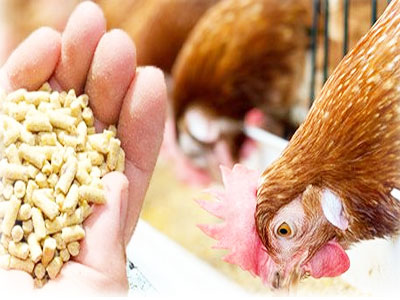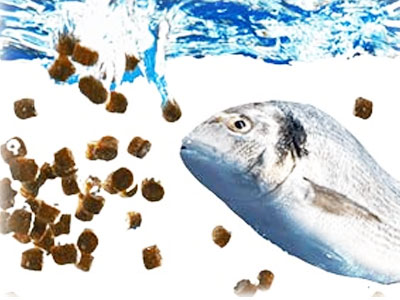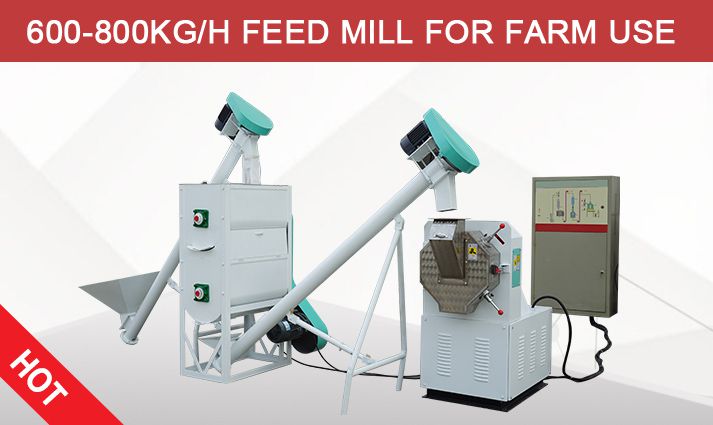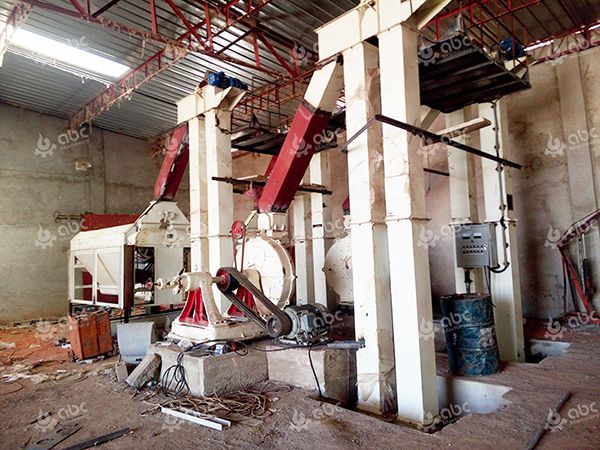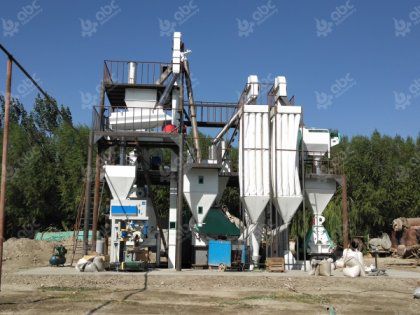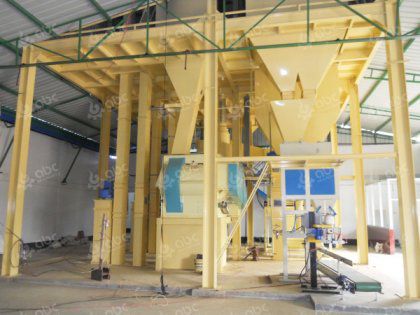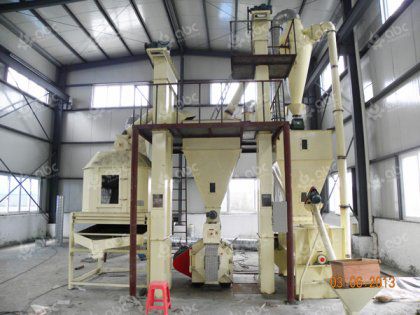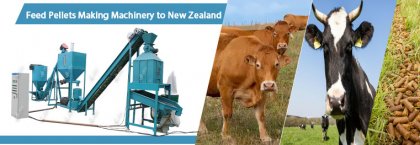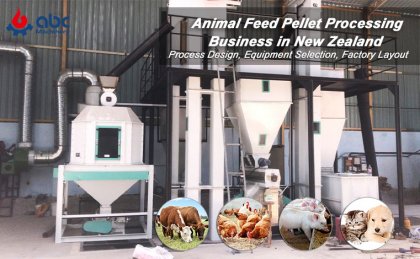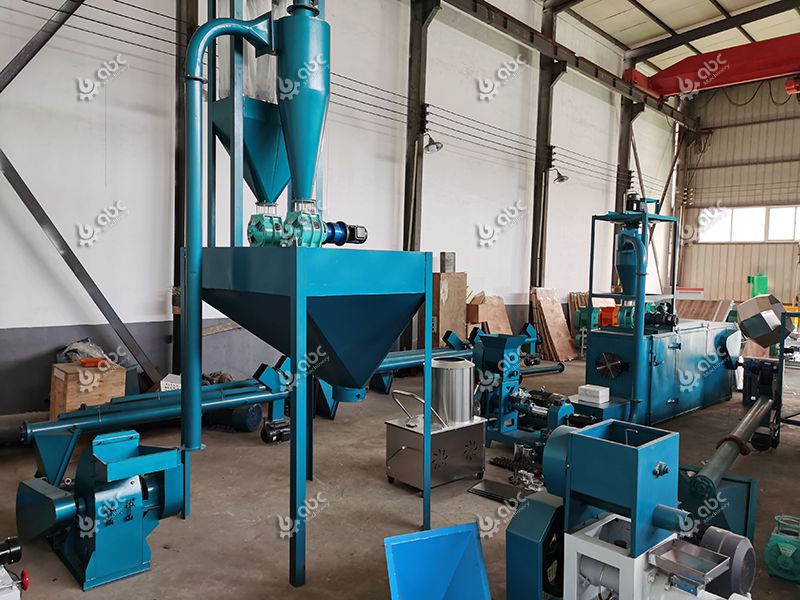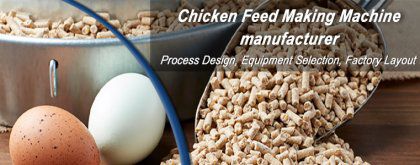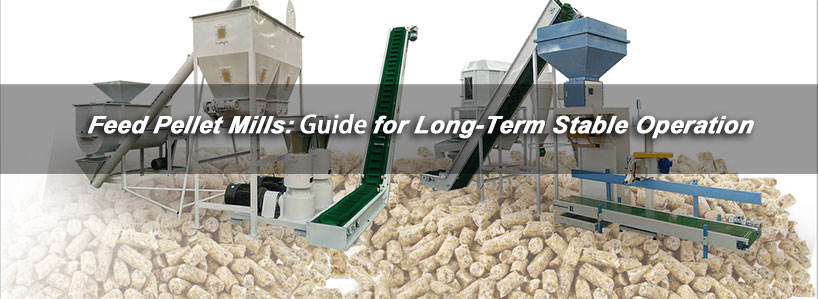
Feed Pellet Processing: Secrets to Safety and Profitability
Investing in an animal feed pellet processing plant not only enables the production of various types of feed pellets to meet the nutritional needs of different animals such as chickens, cows, sheep, and pigs, but also improves feed utilization, lowers farming costs, and enhances farming profitability.As the feed pellet processing plant commences operation, several key considerations arise for both farmers and feed pellet plant owners:
-
How to conduct equipment debugging?
-
How to ensure the quality of feed pellets?
-
How to rectify adverse phenomena during the use of feed pellet machines?
-
How to properly utilize feed pellet machines?
ABC Machinery will provide detailed answers and guidance in this article, aiding you in achieving better preventive outcomes in feed pellet processing.
Ensuring the Safety and Effectiveness of Pelleted Feed Production: Necessary Steps Before Commissioning
Prior to commissioning a pelleted feed production line, a series of preventive measures must be taken to ensure the smooth progress of the production process and the safe operation of equipment. The following are the necessary steps before commissioning:
Warehouse Cleaning and Equipment Inspection:
Before commissioning, it is essential to thoroughly clean the warehouse, removing any debris such as stones or welding slag left during installation to prevent interference from external impurities during production. Additionally, each specific piece of equipment must be inspected individually to ensure it is in good working condition. Furthermore, understanding the specific functions of each piece of equipment in the production line's process flow enables precise operation during commissioning.
Ensuring the Proper Functioning of the Steam Pipeline System:
The steam pipeline system plays a crucial role in the pelleted feed production process. Before commissioning, it is necessary to check if the steam pipeline system has proper pressure reduction and water drainage functions to ensure the supply of dry saturated steam required for pelleting and to maintain steam pressure of 0.058-0.4MPA after the pressure reducing valve consistently. Only by ensuring the normal operation of the steam pipeline system can the stable operation of the pelleting equipment during production be guaranteed.
Furthermore, when starting the pelleting equipment, attention must be paid to controlling the feed rate. The feed rate should not instantly reach its maximum; instead, a small amount of material should be gradually added along with a small amount of steam. After approximately 5-10 minutes, the feed rate should reach the ideal value. This approach effectively reduces equipment load, prolongs equipment lifespan, and ensures the quality of pelleted feed production.
Ensuring the quality of feed pellet processing is the ultimate key preventive measure during production. Feed pellet processing is an indispensable aspect of the livestock industry, and ensuring its quality is paramount for breeders.
5 Precautionary Measures to Safeguard the Quality of Feed Pellets
When the feed pellets have the problem of not forming during processing, it requires careful analysis of potential causes and the implementation of corresponding preventive measures. Below, we will analyze some common problems and propose preventive measures.
-
1. Cracks and high pulverization rate in feed pellets:
When feed pellets exhibit axial or radial cracks with a high pulverization rate and unsatisfactory yield, it is likely due to insufficient conditioning temperature or poor maturation of the material. To address this issue, the conditioning temperature should be increased, and the steam quantity during conditioning should be augmented. Additionally, special attention should be paid to the position of the cutting knife to ensure it remains unshifted and sharp, preventing pellets from being broken or torn rather than cut, thus affecting their morphology and quality.
-
2. Non-smooth surface and excessive pulverization rate of feed pellets:
When the surface of feed pellets is not smooth, and the pulverization rate is excessive, it is likely due to a small compression ratio of the ring die. To solve this problem, the compression ratio of the ring die should be increased to ensure that the pellets receive sufficient compression during processing, resulting in a more uniform surface and higher quality.
-
3. Smooth surface but excessive hardness of feed pellets:
If the surface of feed pellets is smooth but excessively hard, it is likely due to a large compression ratio of the ring die. To address this issue, the compression ratio of the ring die should be promptly adjusted downwards to ensure that the pellets receive adequate compression during processing, thus ensuring hardness within the appropriate range.
-
4. Inconsistent length of feed pellets:
When feed pellets exhibit inconsistent lengths, it may be due to improper positioning of the cutting knife or the need for adjustment of the distributor's position. To solve this problem, the distance of the cutting knife should be adjusted according to the actual situation, or the position of the distributor should be adjusted to ensure that the pellets receive uniform shape and size during processing.
-
5. Adjusting pellet length and moisture issues:
Another common problem is inconsistent pellet lengths or high moisture content, leading to decreased yield and frequent machine blockages. These issues may be due to the malfunction of pressure relief valves or drain valves and require adjustment to ensure normal operation. Additionally, increasing the conditioning temperature appropriately is an effective method to address high moisture content because raising the temperature helps improve the material's maturation.
Proper Operation of Feed Pellet Machines during Long-term Operation
In feed processing plants, feed pellet machines often need to operate for extended periods. To ensure their stable operation and prolong their service life, here are some proper usage methods:
-
1. Secure the base: Feed pellet machines running for long periods should be secured on a cement base to ensure stability. If the work location needs frequent changes, the pellet machine and motor should be installed on a base made of angle iron. Ensure that the diesel engine's power slightly exceeds the pellet machine's power and that the grooves of both pulleys are aligned.
-
2. Check fasteners: After installation, check whether all fasteners are secure, and tighten any loose ones promptly.
-
3. Check pulley and shaft alignment: Check the tightness of the pulleys and the parallelism between the motor shaft and the pellet machine shaft to ensure proper machine operation.
-
4. Check the rotor and housing: Before starting, manually rotate the rotor to check whether the claw, hammer, and rotor rotation are flexible and reliable. Check for any abnormal collisions inside the shell.
-
5. Pay attention to speed: Do not change pulleys arbitrarily to prevent excessive speed, which could cause explosions or reduce efficiency.
-
6. Pre-start check: Before starting, run the machine empty for 2-3 minutes to ensure no abnormalities before feeding. Also, ensure that there are no iron pieces or debris mixed in the raw materials.
-
7. Monitor operation: During operation, regularly monitor the feed pellet machine to prevent blockages and overload. If any abnormalities are detected, stop the machine promptly for inspection.
-
8. Safety operation: Operators should not wear gloves to prevent accidents. Stand on the side of the feed pellet machine during feeding.
-
9. Prohibit force-feeding or discharging: If blockages occur, do not force-feed or discharge the feed with hands or sticks to prevent accidents.
-
10. Shutdown procedure: After work, run the machine empty for 2-3 minutes to completely discharge the material before stopping the feed pellet machine and fan.
These feed pellet milling process considerations encompass a wide range of potential issues, ensuring that feed pellet processing runs smoothly and efficiently for the ultimate benefit of livestock production. Learn more information, please feel free to contact us!


